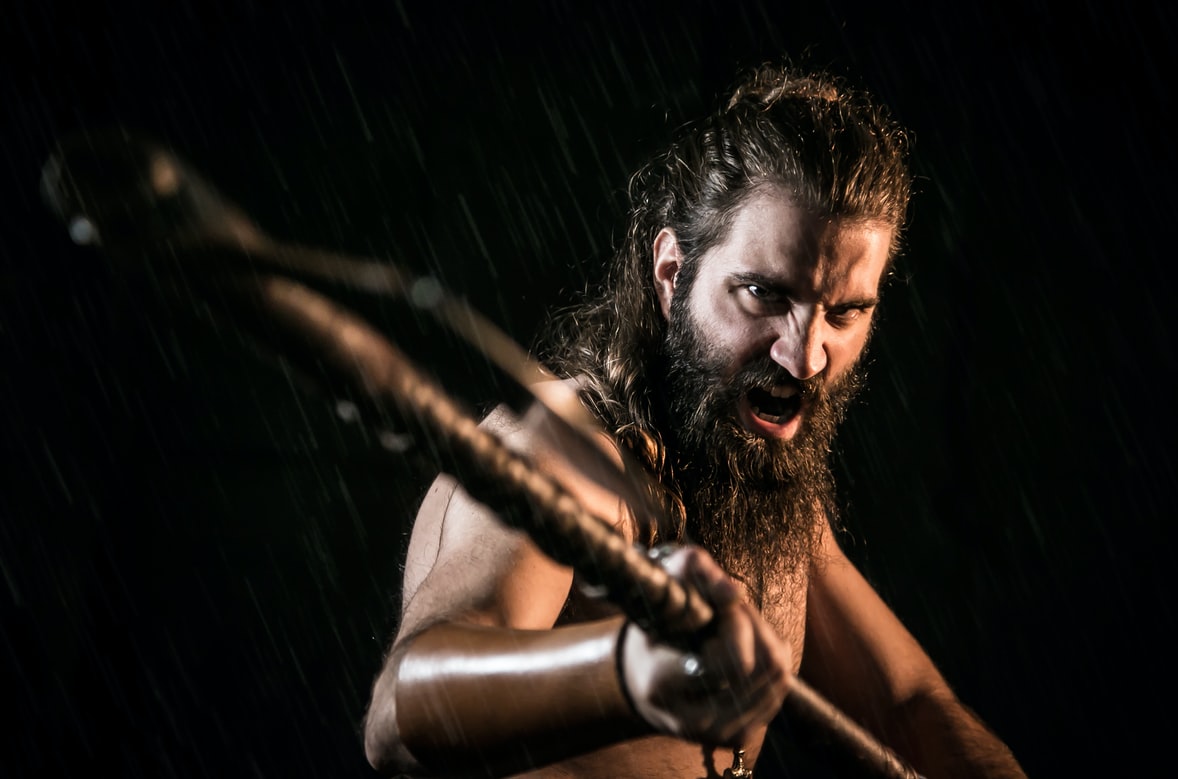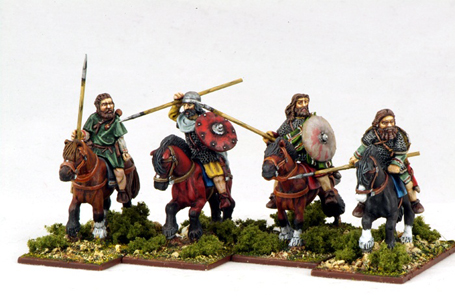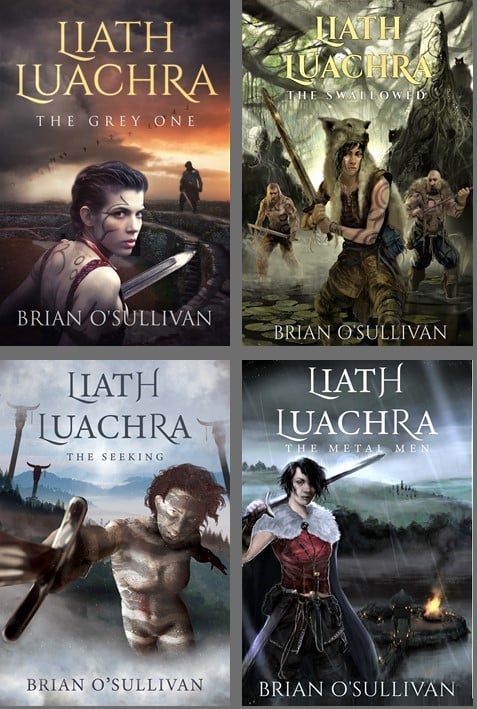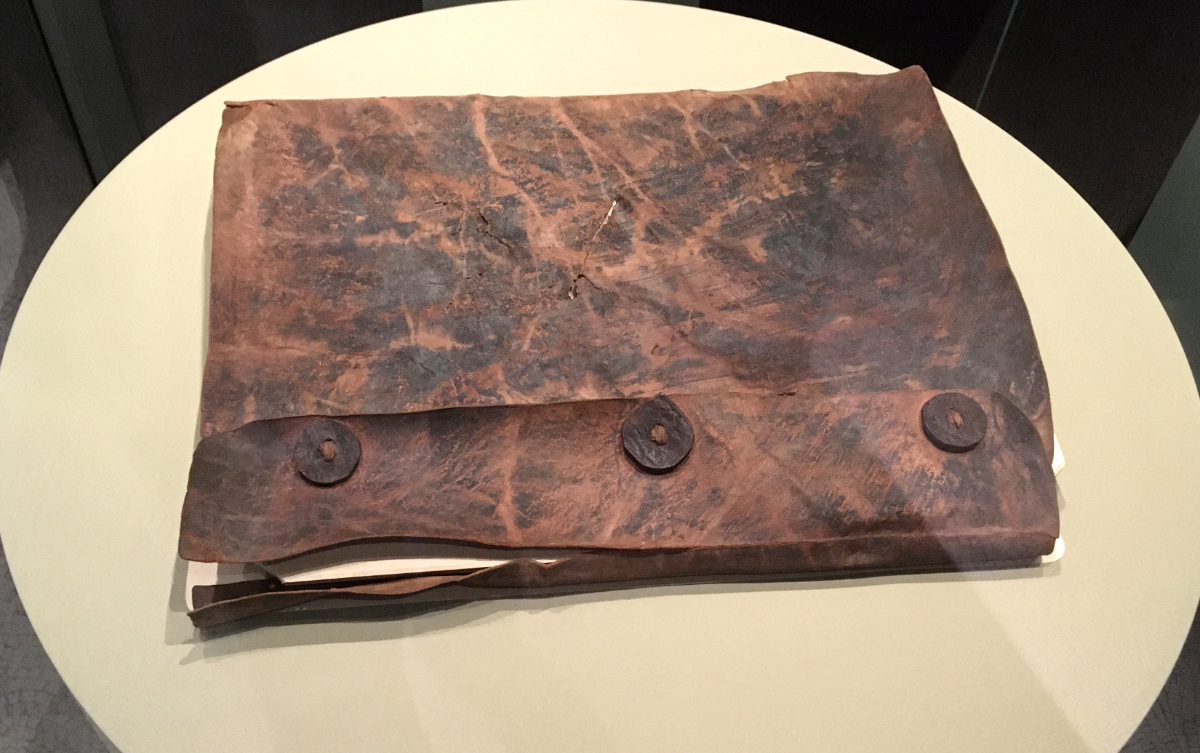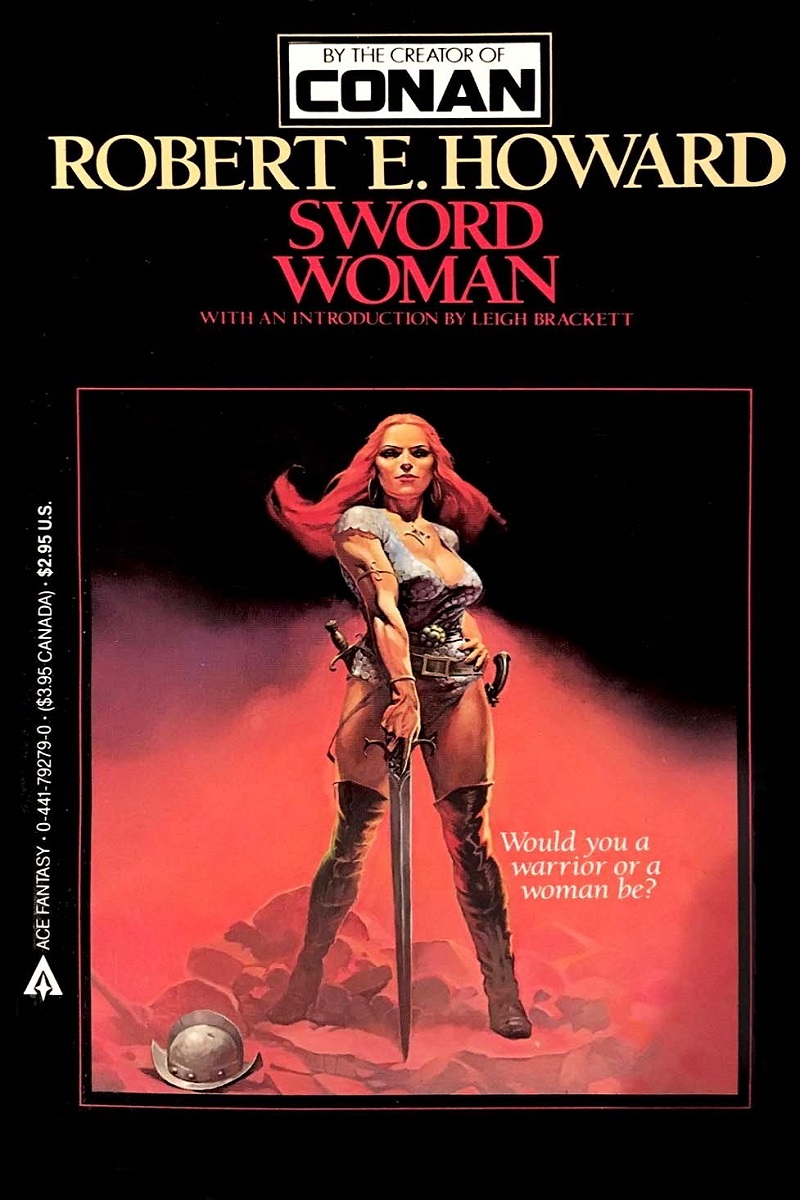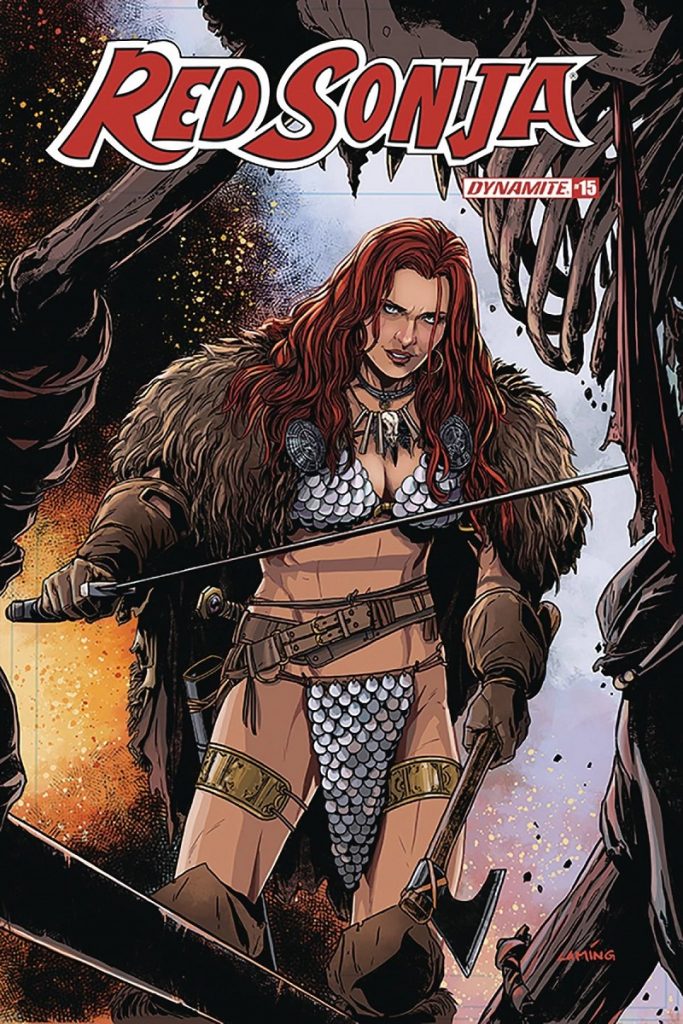
The nice thing about a decent holiday is that it gives you time and space to think outside the rut, to consider new possibilities or the need to change existing circumstances. Like everyone else, I think I’ve been pretty burned out from work and social stress since the emergence of the first Covid strain in 2020. That was something that cut the legs out from under a full year’s work on a potential tv series (while also dramatically escalating my freelance consulting work) on top of all the writing.
Fortunately, sitting in the sun and blobbing over the holidays, does wonders for the soul, in terms of planning what I can realistically achieve over the forthcoming twelve months, at least. Here are the projects I hope to work on over 2022.
Liath Luachra: The Metal Men
I’m currently on the last leg of this story – which turned out to be far longer than I’d anticipated due to the disparate plot threads. I don’t want to finish on another cliff hanger so I’m just going to slog through on this to a close-to-final draft at the end of January. I’m hoping to make this available to Patreons sometime in February and it’ll be available in all the ebookstores sometime on 16 March 2022.
Fionn: Stranger at Mullán Bán:
The next book in the Fionn series will have clear overlaps with ‘The Seeking’ and ‘The Metal Men’ and Demne/Fionn takes a more active role in the narrative. I’m provisionally working to a release date of June 2022, but I now suspect this will be later.
Untitled Liath Luachra Short Story:
This short story will be available for Patreons only. Further detail later in the year.
Non-fiction Irish Mythology Book:
This is a book explaining how Irish mythology (and other mythology) works. Most of it is already written but I’m trying to work out how to best get the information across. The plan is to release this sometime in the latter part of 2022. I’ll probably do a small ‘fantasy-based’ spin off on that as well to guide fantasy writers on what to consider when dealing with other cultures and mythology.
Liath Luachra: The Great Wild:
A short Liath Luachra series novella. This will cover an adventure prior to Liath Luachra joining Na Cinéaltaí. The story will initially be available for Patreons only. Further detail later in the year.
How to Save the World
Not the usual stuff I publish, this is a non-fiction ‘white paper’ based on the freelance consulting work I’ve been doing over the last 20 years, predominantly for Government Departments. Over that time, I’m come across patterns and behaviours that need to change in New Zealand (and overseas) if the planet and its occupants have any chance of surviving the next fifty years. Normally, I’d write something like this as part of a project for a government agency but, as they’re part of the problem, I’ll need to write it independently. I’m trying to set this at a level that journalists and the general public can utilise.
Obviously, that’s a substantial amount of work (and major breadth) on top of the Vóg newsletter and additional content I’ll be providing for my Patreons). Interest is also rising once again on a potential screen version of the Liath Luachra series so, as always, these projects need to be flexible in terms of responding to events that might occur throughout 2022.
If you’re keen on following this particular journey, feel free to subscribe to my Vóg Newsletter or if you’d prefer more up front and personal updates and woudl like to support the work I do, you might want to join my Patreon Group).
Best wishes to everyone for 2022.







